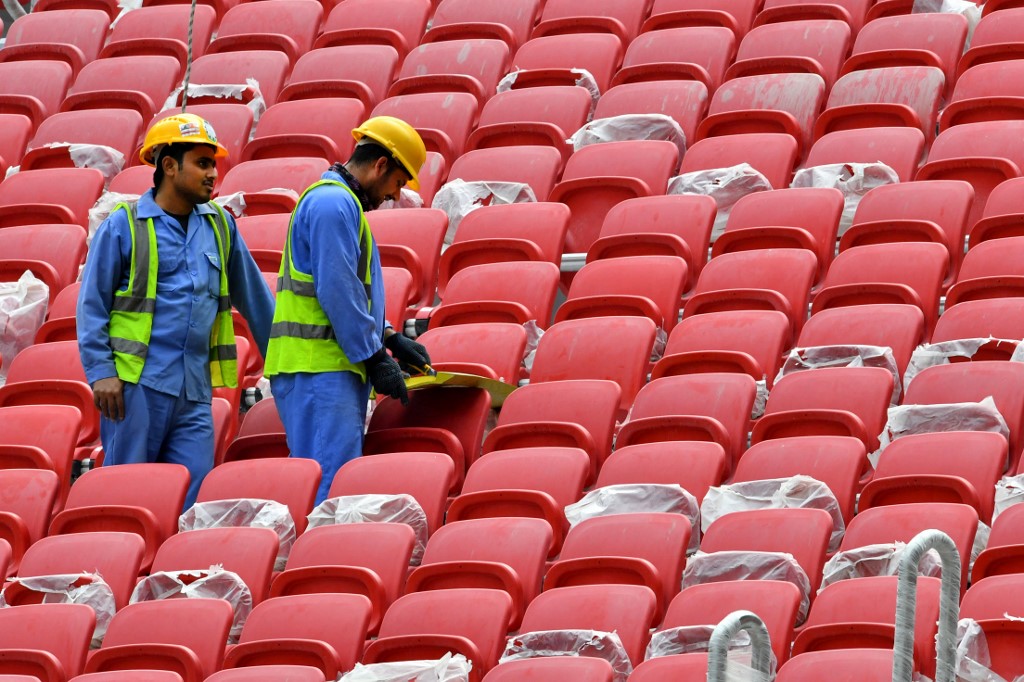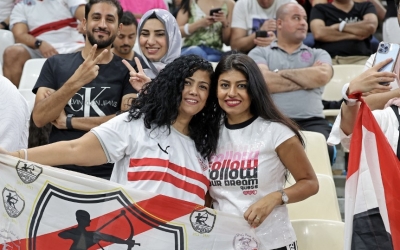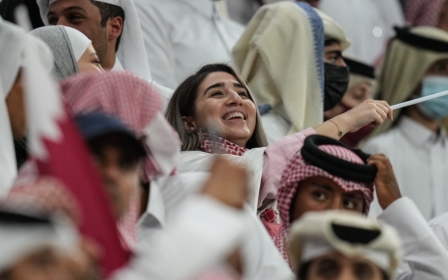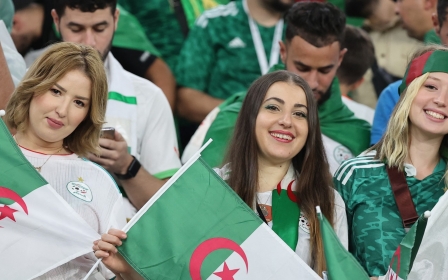World Cup 2022: Migrant worker abuse shames whole world, not just Qatar
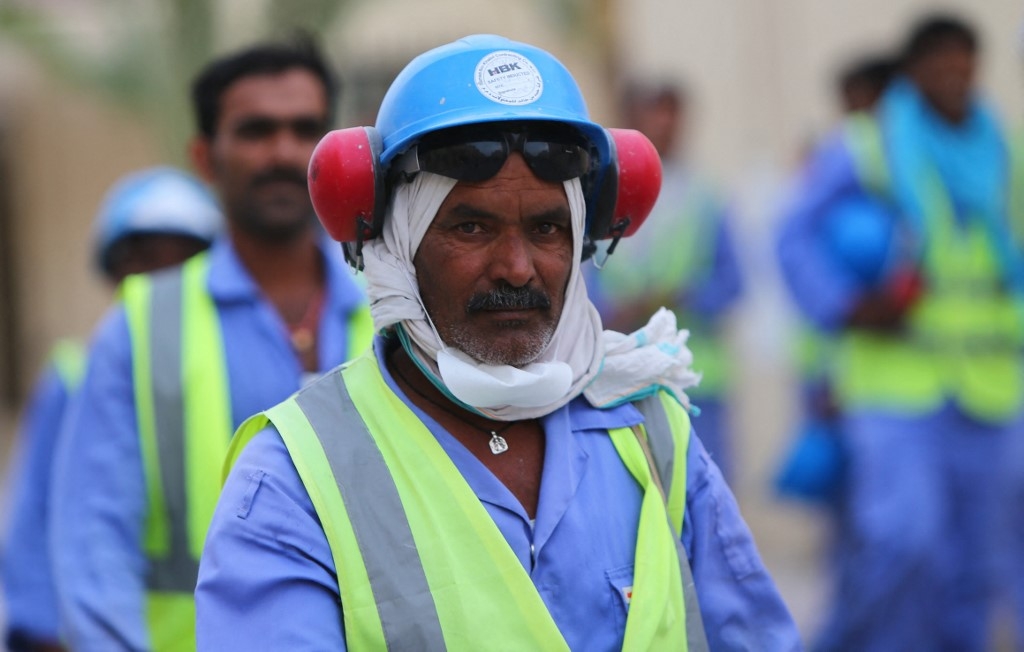
In June 2021, more than 50 migrant workers were found living in “appalling” conditions: small, filthy spaces, barred windows, no fire detectors or extinguishers, and gas burners in bedrooms where four to six people slept. Workers claimed they were beaten by their foreman. After the municipality intervened, the workers disappeared.
Later that autumn, 20 migrant workers complained to a local union that they hadn’t been paid their salaries after weeks of labour. Job conditions were also not as advertised, with longer hours and crowded, bug-infested accommodations. One worker was fired after just three weeks when he asked about a bathroom break. When he demanded his outstanding pay, he was told to immediately leave or the agency “would break his neck”.
With FIFA World Cup 2022 about to begin, stories about migrant worker exploitation have landed in the spotlight.
Employers, recruiters, corporations and governments all benefit from global labour market structures and the exploitation of workers
Qatar winning the bid in 2010 to host the World Cup was an exciting moment for the wider Middle East - the first time a country in the region would play host. Since then, however, the process has been mired in controversy and drowned in sensationalist, Orientalist discourses about an oppressive, corrupt Gulf with singularly abusive labour migration conditions.
This is not to say that conditions for migrant workers from across Africa and Asia working in Qatari World Cup facilities have not been atrocious. Labour rights organisations, such as Equidem and the Business and Human Rights Resource Centre, describe serious abuses including wage theft, health and safety risks, workplace deaths, illegal recruitment fees, racial and gender discrimination, and sexual harassment.
Stay informed with MEE's newsletters
Sign up to get the latest alerts, insights and analysis, starting with Turkey Unpacked
This horrific record points to a global trend, where precarity and exploitation within the global labour force are increasing. The International Labour Organization recently reported that 50 million people around the world are in modern slavery, a number that has risen significantly in the last half-decade.
But while the examples outlined above speak to the abuse of migrant workers, neither occurred on a Qatari World Cup construction site. Both were in the Netherlands: the first involved farm workers and the second meat plant workers. Similar stories are recounted across Europe. Labour exploitation, especially of migrant workers on temporary visas, is pervasive. This is inherent to the structures of global capitalism, which incentivise businesses and organisations to maximise profits through low-cost labour.
Exceptionalising Qatar with Orientalist, Islamophobic and racist frames is a distraction from addressing persistent structural exploitation and inequality.
Low wages and few rights
The scale of temporary labour migration is massive and growing. Around 60 percent of the world’s 164 million migrant workers are in Arab states, the Northern America region, and Europe. Temporary migration refers to various fixed-term forms of labour migration, such as guest worker or seasonal labour schemes. But many migrant workers are permanently in situations of “temporary” migration, with nearly 90 percent of labour migrants entering OECD countries on temporary visas.
Since the Covid-19 pandemic began, more and more stories have emerged about abusive conditions related to temporary migration schemes around the world. These have involved seasonal agricultural workers in Canada and the Netherlands, construction workers in Singapore, guest workers in Taiwan, and those in Gulf countries working under the sponsorship system known in Arabic as kafala.
Low-wage, temporary migrants are often ineligible for benefits and healthcare, and generally have fewer rights and opportunities than those enjoyed by citizens and permanent residents. By their very nature, most guest worker programmes tie the migrant’s right to stay and work in a country to their employer. A key feature of kafala and seasonal agricultural worker schemes, this encourages deferential labour relations and increases the risk of exploitation.
Why, then, has temporary migration surged in popularity? Some scholars and policymakers argue that it is a “triple win” scenario, wherein the labour-receiving country gets “cheap” workers who boost productivity and growth; the sending country collects remittances and has a lower employment and welfare burden; and the migrant earns a higher income. Such positive-sum arguments ignore the disparities among workers based on their immigration status, along with racial hierarchies in the global workforce.
Rather, temporary migration regimes proliferate because this is big business. Employers, recruiters, corporations and governments all benefit from global labour market structures and the exploitation of workers.
Global awareness
World Cup is an international sporting event with a global footprint. From who builds the infrastructure to who owns the companies managing projects, from who sponsors the event to who regulates work and migration, from who plays the game to who watches it in the stadium or on TV.
There is a global audience for sporting events, and there is a global business infrastructure making them happen. Construction companies operating in Qatar are not only regional, but also from the UK, Netherlands, France and other countries. FIFA teams and their fans will stay at familiar hotel chains that have failed to exclude forced labour and tackle allegations of abuse.
Since migrant labour exploitation is not an anomaly, many NGOs regard World Cup as an opportunity for transnational civil society to raise awareness. Perhaps this is a needed moment for collective mobilisation, but shouting “never again Qatar” rings hollow if you’re not also confronting the many European companies benefiting from World Cup contracts or the exploitation of migrant workers elsewhere.
Despite political pressure in numerous European countries to boycott the World Cup, human and labour rights organisations argue this won’t improve working conditions. Rather, migrants could lose their jobs and be sent home.
Migrant rights activists with whom I’ve spoken across South and West Asia likewise argue against stopping migration or the World Cup, instead urging the global community to enable safe, orderly and regular migration, as advocated in the UN Global Compact.
A collection of international NGOs thus launched an alternative campaign this year, #PayUpFIFA, following a joint letter calling on FIFA president Gianni Infantino to compensate workers for abuse. It asks for no less than the $440m in prize money that FIFA offers participating teams.
FIFA was aware of exploitation from the outset, it argues, but failed to put protections in place. Under the rules of conduct in the UN Guiding Principles on Business and Human Rights, FIFA, Qatar and participating companies all bear responsibility. As of mid-October, FIFA had yet to commit to compensation. Only seven of the qualifying football federations endorsed the call amid a wave of platitudes and armband protests.
Geographies of exploitation
Some pressure on Qatar over the past decade has paid off. The state has started offering workers compensation, opened an International Labour Organisation office, and began technical cooperation for labour reforms. Several improvements have taken place to bring regulations in line with international labour standards.
Notably, 2018 reforms finally allowed workers to leave the country without first securing an exit permit, and 2020 reforms enabled them to change jobs before the end of a contract without employer permission. By reducing the power of employers over their staff, these reforms have been hailed by some as dismantling kafala - but exploitation continues.
Attention has undoubtedly spurred some change, but exceptionalism and sensationalism have perpetuated Orientalist stereotypes, distracting us from combating global inequalities. It affords more attention to performance and public relations than systemic change.
Certainly, we should highlight exploitation and be enraged about abuse, but this should not be exoticised as something uniquely Qatari
Exceptionalising Qatar allows observers to dismiss abuse as something inherent in Middle Eastern societies or cultures. A cogent example is how quickly inaccurate reporting on migrant worker deaths has gone viral, informing narratives on the region that readers have been primed to believe. Facts matter if we are to effect change.
Exploitation under temporary migration regimes is far from exceptional and should be understood as structural. Certainly, we should highlight exploitation and be enraged about abuse, but this should not be exoticised as something uniquely Qatari.
Instead, consider whether you are equally upset about migrant worker abuses in your own country. Demonstrate solidarity with workers close and far from home, especially migrant workers. Pressure international capital that benefits from exploitative conditions in different contexts.
This, after all, is not about Qatar. It’s about the geographies of exploitation inherent in a global economy that succeeds or fails based on its ability to gain the most for the least amount of cost.
A version of this article will appear in Dutch in ZemZem later this year.
The views expressed in this article belong to the author and do not necessarily reflect the editorial policy of Middle East Eye.
Middle East Eye delivers independent and unrivalled coverage and analysis of the Middle East, North Africa and beyond. To learn more about republishing this content and the associated fees, please fill out this form. More about MEE can be found here.



